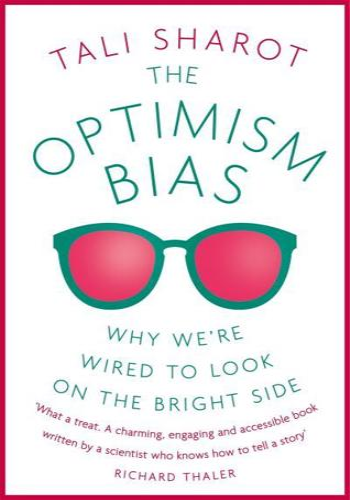Chapter 1: What is the Optimism Bias?
The optimism bias is the tendency of people to believe they are less likely to experience negative events and more likely to experience positive events than others. This bias is prevalent and has been demonstrated in various studies.
Example: A study by Shepperd et al. (2002) found that people overestimate their chances of winning the lottery and underestimate their chances of experiencing a serious illness.
Chapter 2: Why Do We Have the Optimism Bias?
Several psychological mechanisms contribute to the optimism bias. These include:
* Illusion of control: The belief that one can control future events, leading to an inflated sense of optimism.
* Positive thinking bias: The tendency to focus on positive information and ignore negative information.
* Self-enhancement motive: The desire to view oneself favorably, contributing to an optimistic bias about one's own abilities and future prospects.
Chapter 3: The Costs of the Optimism Bias
While the optimism bias can sometimes provide psychological benefits, it can also have negative consequences. These include:
* Unrealistic expectations: Leading to disappointment and frustration when outcomes don't meet expectations.
* Risky behavior: Overoptimism can lead to underestimating risks, increasing the likelihood of engaging in dangerous or harmful activities.
* Poor decision-making: Bias can lead to decisions based on overly optimistic assumptions, resulting in suboptimal outcomes.
Example: A study by Weinstein (1989) found that overoptimism about one's health was associated with delayed or inadequate medical care.
Chapter 4: The Benefits of the Optimism Bias
Despite its potential costs, the optimism bias also offers some benefits. These include:
* Motivation: Optimism can provide motivation to pursue goals and overcome challenges.
* Mental health: Moderate levels of optimism have been linked to better psychological well-being and resilience.
* Physical health: Some studies suggest that optimistic individuals may experience better physical health outcomes.
Chapter 5: How to Manage the Optimism Bias
It's essential to be aware of the optimism bias and its potential consequences. To manage it effectively, consider the following strategies:
* Seek balanced perspectives: Actively seek information from multiple sources to avoid being swayed by overly optimistic viewpoints.
* Consider worst-case scenarios: Regularly imagine potential negative outcomes to counteract the tendency to focus only on positive possibilities.
* Set realistic expectations: Avoid setting unrealistic goals that could lead to disappointment and frustration.
* Learn from past mistakes: Use past overoptimistic decisions as learning opportunities to adjust future expectations.
Example: A student preparing for an exam should balance studying for the material she knows well with reviewing areas where she struggles to avoid overestimating her readiness.







